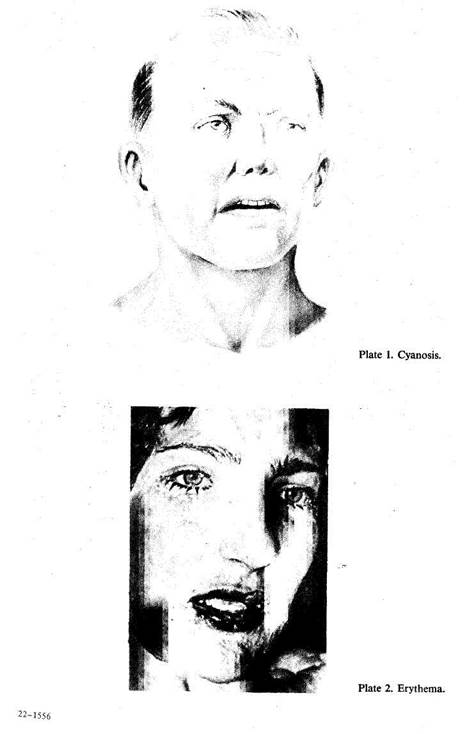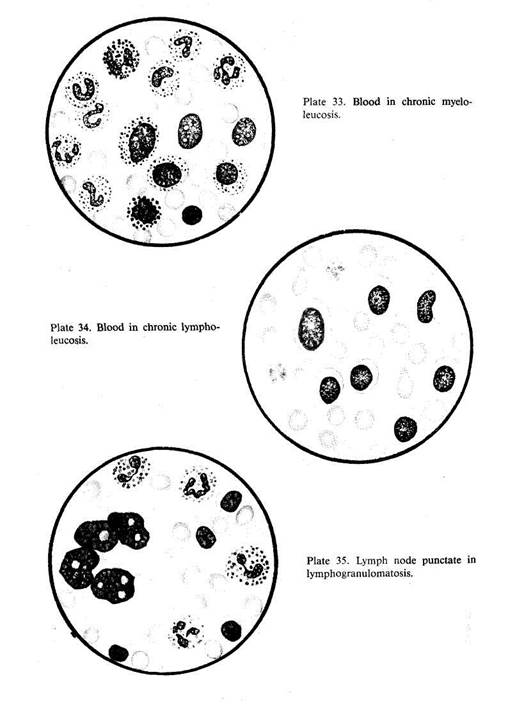
Главная страница Случайная страница
КАТЕГОРИИ:
АвтомобилиАстрономияБиологияГеографияДом и садДругие языкиДругоеИнформатикаИсторияКультураЛитератураЛогикаМатематикаМедицинаМеталлургияМеханикаОбразованиеОхрана трудаПедагогикаПолитикаПравоПсихологияРелигияРиторикаСоциологияСпортСтроительствоТехнологияТуризмФизикаФилософияФинансыХимияЧерчениеЭкологияЭкономикаЭлектроника
Special Pathology. Achalasia of the Cardia
|
|
Achalasia of the Cardia
Achalasia (syn. cardiospasm, megaoesophagus) is characterized by the failure of atonic muscles of the cardia to relax, disturbed peristaltic activity of the oesophagus, deranged reflex opening of the cardia on swallowing, and hence impaired passage of food into the stomach and dilatation of the oesophagus due to retention of food in it.
The aetiology and pathogenesis of this condition are not sufficiently studied.
Chapter 7. Digestive System
Pathological anatomy. The disease is characterized by dystrophic changes in the intramural nerve plexus of the oesophagus and cardia, dilatation of the oesophagus, and congestive oesophagitis.
Clinical picture. Retrosternal pain, dysphagia and regurgitation are the main symptoms. The pain manifests itself by paroxysmal attacks occurring usually at night, and is often associated with the empty or, on the contrary, overdistended oesophagus. Dysphagia is first occasional. In advanced cases it occurs during each meal and is especially marked during swallowing dry or inadequately chewed food in hurried eating. Emotional stress intensifies dysphagia. In order to facilitate the passage of food into the stomach, the patient resorts to various tricks such as drinking a gulp of water or taking a deep breath, which sometimes helps. The food mass is regurgitated as a person bends down with his oesophagus overfilled or during night sleep. The regurgitated mass may be aspired causing recurrent aspiration pneumonia.
The diagnosis is confirmed by X-ray examination which demonstrates dilatation and elongation of the oesophagus (sometimes a sigmoid dilatation) of varying degree, upset peristalsis, accumulation of liquid (saliva, mucus) or food in the oesophagus while the stomach is empty. A barium meal is retained in the oesophagus and its upper level is often as high as the clavicle. (The barium swallow would then suddently 'fall' into the stomach.) The cardial segment of the oesophagus is narrowed and has regular outlines; it does not open on swallowing and the barium meal does not pass into the stomach; the gastric air bubble is absent (the pathogno-monic sign).
Course. The disease progresses rapidly with intensifying dysphagia and other symptoms; weight loss is also progressive. Recurrent pneumonia and chronic bronchitis supervene due to aspiration of regurgitated oesophageal contents.
Treatment. The efficacy of medication is low. The condition is commonly corrected by cardiodilatation using Einhorn's dilator, or by balloon dilatation which are usually performed in specialized hospitals. Cases with severe dilatation and elongation of the oesophagus require surgical treatment.
Oesophagitis
Oesophagitis is inflammation of the oesophagus. It is a common disease of the gastrointestinal tract. Acute and chronic oesophagitis are distinguished.
Aetiology and pathogenesis. Acute oesophagitis develops in response to irritation of the oesophageal mucosa by hot food or drinks, by chemicals
 |

|
Special Part
(iodine tincture, strong acids, or alkalies); it may be secondrary to acute infectious diseases such as scarlet fever, diphtheria, sepsis, or may attend acute pharyngitis or gastritis. Chronic oesophagitis develops due to repeated exposure of the oesophageal mucosa to hot or rough (spicy) food, alcohol, some industrial poisons that are inhaled with dust or ingested with food, etc. Congestive oesophagitis develops due to retention and decomposition of food in the oesophagus in achalasia and oesophageal stenosis patients. A more common cause of subacute and chronic oesophagitis is the reflux of the gastric juice into the oesophagus due to cardial insufficiency (reflux oesophagitis). Reflux oesophagitis usually occurs in axial hiatal hernia. Cardial insufficiency and reflux oesophagitis may also be secondary to surgical procedures (resection of or injury to the cardial sphincter). Relative, i.e. functional cardial insufficiency may be seen in peptic ulcer, cholelithiasis, and some other diseases. It is due to spastic contraction of the pylorus or gastric hypertonia and high intragastric pressure. Cardial insufficiency and reflux oesophagitis occur in pregnancy and large new-growths of the abdominal cavity (due to high intra-abdominal pressure).
Pathogenesis. The condition arises as a result of irritation which may be thermal, chemical, toxic, or peptic (in cardial insufficiency and reflux oesophagitis); bacterial toxic or toxic-allergic effects may in rare cases produce oesophagitis as well.
Clinical picture. This depends on the acuity of the process, its aetiology, and extension. Acute catarrhal oesophagitis presents with pain on swallowing, discomfort, and sometimes dysphagia. Haemorrhagic oesophagitis can be manifested by haematemesis and melaena. Pseudomembranous oesophagitis (it usually supervenes diphtheria and scarlet fever) is characterized by the presence of fibrin membranes in the vomitus. The clinical picture is especially severe in cases where abscess and phlegmon of the oesophagus are aggravated by sepsis and toxaemia (phlegmonous oesophagitis).
Chronic oesophagitis presents with heartburn and retrosternal discomfort. In rare cases there is pain and dysphagia. The main symptoms of reflux oesophagitis are heartburn and regurgitation which intensify on lying down or when the patient bends. Retrosternal pain on swallowing (sometimes resembling coronary pain) is not infrequent.
Radiography provides little evidence for the diagnosis of oesophagitis. In reflux oesophagitis it usually reveals hiatal hernia and visualizes gastro-oesophageal reflux. The patient must be examined in both the vertical and horizontal positions, and the intra-abdominal pressure must be raised by coughing, sneezing, straining the prelum, or by applying the pressure of the X-ray tubulus to the epigastrium. Oesophagoscopy is decisive in the

|
Chapter 7. Digestive System
diagnosis of oesophagitis. Using this technique allows to assess the degree of inflammation, its extension and character.
Complications. Phlegmon and abscess of the oesophagus may be complicated by its perforation and subsequent severe mediastinitis or peritonitis. Haemorrhagic and erosive oesophagitis may be attended with oesophageal bleeding. Severe acute and chronic oesophagitis may cause stricture and cicatricial shortening of the oesophagus which, in turn, promotes formation or enlargement of the existing axial hiatal hernia.
Treatment. Patients with acute corrosive oesophagitis and abscess and phlegmon of the oesophagus should be managed in a hospital setting. In all acute and subacute oesophagitis cases bland feeds are prescribed. Fasting is sometimes advisable for several days. Antibiotics are administered in abscess and phlegmon cases. Astringents (bismuth nitrate, 1.0 g, or 20 ml of a 0.06 per cent silver nitrate solution, 4-6 times a day before meals) are given for other acute forms of oesophagitis. Any job that might require bending down or strain of the abdominal muscles is contraindicated to patients with reflux oesophagitis. Sleeping in the semireclining position is recommended.